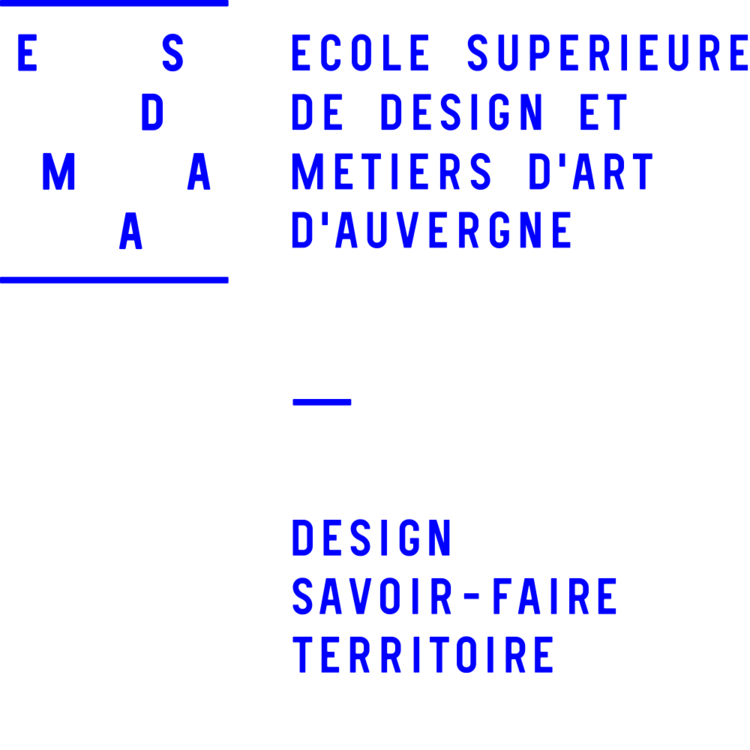"Pour un mutualisme Biodivers"
Lucile Belkessa
« Pour un sanctuaire biodivers » est un projet mené en collaboration avec les villes de Moulins et Yzeure. Après avoir porté ma réflexion de mémoire sur «comment ramener la biodiversité en ville?», je me suis concentrée sur un concept intéressant : le mutualisme inter espèces (c’est-à-dire la complémentarité que peuvent avoir certaines espèces végétale et animales entre elles).
J’ai voulu ancrer mon projet dans la ville de mes études et sur les conseils des urbanistes de Moulins, j’ai pu travailler sur un terrain à côté de la gare SNCF de Moulins. Il s’agit d’un terrain d’un hectare, en jachère, récemment investi par des ruches communautaires, lieu assez fréquenté car passager, mais malheureusement uniquement contourné par ses usagers.
J’ai pu rencontrer divers spécialistes qui pouvaient m’aider à mieux avancer dans ma démarche de design, à savoir: des apiculteurs, des paysagistes, des urbanistes et des politiques. En parallèle, j’ai aussi pu discuter avec les différents usagers de cet espace, c’est-à-dire, les riverains et les voyageurs SNCF.
Mon but est de créer sur cet espace un sanctuaire au milieu de la ville, un espace coupé de l’urbanisation et de la gare répondant au concept de mutualisme inter espèces. L’idée était de donner à voir ce terrain comme un espace vitrine du patrimoine local, un hommage à la ville. J’ai donc décidé d’exploiter comme matériau principal la brique, sous ses trois teintes principales, l’orange, le rouge et le noir.
Pour une meilleure programmation de l’espace, le terrain a été divisé en trois parties. La première est « Les murs ont des abeilles » (la zone dédiée aux ruches), la deuxième « À fleur d’eau » (la zone aquatique dédiée aux poissons et aux grenouilles) et la troisième « L’oiseau fait son nid » (la zone bosquet dédiée aux oiseaux).
Chaque zone a une sélection de plante appropriée en fonction des animaux présents et des saisons (fleurs mellifères, etc...). Après avoir programmé ce lieu, trois dispositifs destinés à être envahis par la végétation ont vu le jour, construits à partir du matériau brique. Chaque dispositif répond donc au concept de mutualisme inter espèce, mais aussi à celui d’aménité et de respect de la faune et de la flore.
_
"For a biodiversity sanctuary" is a project carried out in collaboration with the towns of Moulins and Yzeure. After focusing my memory reflection on "how we can bring the biodiversity back into urban areas", I focused on an interesting concept: inter-species mutualism (which means that plants and animals can help each other growing up). I wanted to anchor my project in the city where I study and thanks to the urban planners of Moulins, I was able to work on a field next to its train station. This one-hectare land was recently invested by community hives. It’s a place that is quite frequented but unfortunately only bypassed by its users. I also met various specialists, such as beekeepers, landscapers, planners and politicians who could help to make my design process clearer. At the same time, I spoke with various users (travelers and inhabitants of the neighborhood) of this space. My aim for this project is to create a sanctuary in the middle of the city, a space cut off from the urbanization and the train station that would be an answer to the concept of mutualism between species. The idea was to show this land as a showcase of our local heritage, a tribute to the city of Moulins. Thus, I decided to use as a main material the brick, in three different colors, orange, red and black. For a better organization of the space, the ground has been divided in three areas. The first is "The walls have bees" (the area dedicated to hives), the second "To the water" (the aquatic area dedicated to fishes and frogs) and the third "The bird makes its nest" (the grove area imagined for the birds). Each zone has a selection of appropriate plants according to the animals’ behavior and the seasons (honey flowers, etc.). After programming this place, three devices intended to be invaded by vegetation have emerged, built with our vernacular brick. Each device is an answer to the concept of inter-species mutualism, but also the concept of amenity and with the ambition to respect the flora and fauna.

















